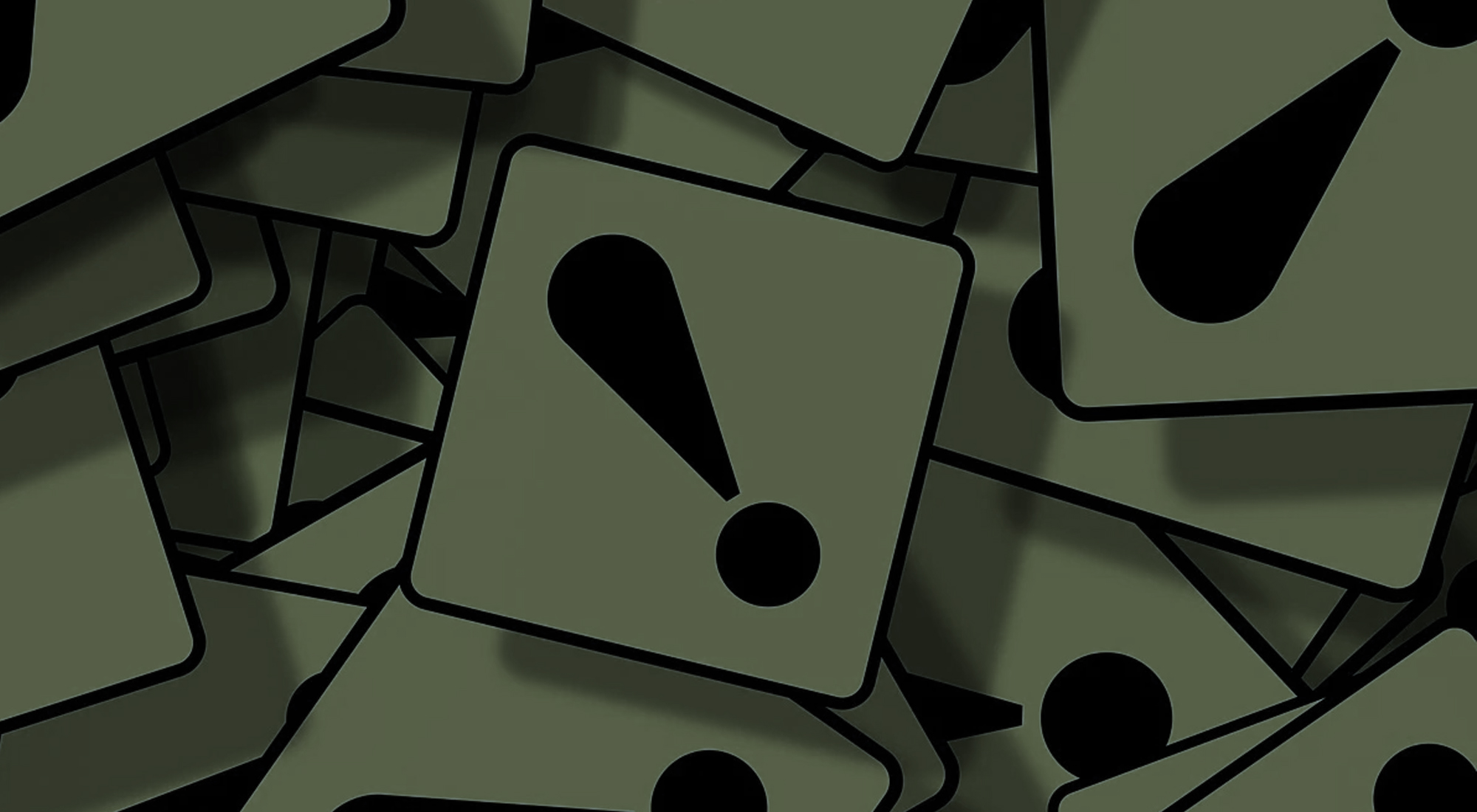YouTube recently provided an in depth look into how their recommendation system works. The system has been evolving over the last decade and there are several new insights that we’ll detail below. Continue reading to find out more and how this can play into your video strategy on YouTube.
YouTube’s recommendation system is an important part of the platform. This system currently works on the homepage and in the “Up Next” feature. The homepage is what you see when you first open the app, and the “Up Next” feature appears when you are watching a video and it suggests additional content to watch. This system sorts through billions of videos and data points to recommend videos that are personalized for each viewer.
There are four main signals that YouTube uses to recommend new content to viewers. These signals are: clicks, watchtime, survey responses, and engagement (sharing, likes, dislikes). It's important to remember that YouTube's recommendation system is constantly evolving. It used to rely primarily on clicks, but the system has progressed into better understanding and predicting what makes someone enjoy a video on YouTube, beyond just the initial click. Eventually watchtime started to become an import signal to the recommendation system, and more recently the system is beginning to rely more on survey responses and engagement. Let’s take a closer look at these four signals:
Clicks: The amount of clicks a video gets is the first signal YouTube’s recommendation system recognizes. This means having appealing video titles and thumbnails is key to getting your videos recommended to new viewers. It’s also important to have accurate titles and thumbnails, and not use these tools to mislead (more on that below). You can read more about thumbnail optimization at our blog here.
Watchtime: YouTube’s recommendation system used to rely heavily on clicks. But YouTube soon realized that clicking on a video doesn’t necessarily mean a viewer watched the video or enjoyed the video. So they started to rely more heavily on Watchtime as a signal for the recommendation system. Watchtime shows which videos viewers watched and for long they watched them. It’s important to try and keep your viewers interested in your content and watching as much of the video as possible. Check out our blog on Watchtime for more tips on increasing your channel’s Watchtime. This is arguably the most important metric for getting your videos recommended to more viewers.
Survey Responses: To dive even deeper into what videos viewers are satisfied with, YouTube introduced a survey system to measure what they call “valued watchtime”. You may have seen these surveys when watching videos on YouTube, but most people do not fill these out. Knowing this, YouTube uses machine learning to predict potential survey responses for everyone.
Sharing, Likes, Dislikes: YouTube’s recommendation system uses these engagement metrics to predict videos that will get more shares, likes, and dislikes. This means that if your video is getting higher engagement, it can help with your video getting recommended to new viewers. But there are some personalized factors that come into play with these signals. For example, if you are a person that likes every video they watch on YouTube, the recommendation system will actually recognize that, and your likes will not be as heavily factored into play compared to someone that rarely likes videos.
While the above signals are great for getting your videos recommended to more viewers for topics like music and entertainment, they have less of an impact on news and information videos. The increase of people coming to YouTube for news and information, as well as misinformation spreading on the platform, pushed YouTube to start focusing on “responsible recommendations”. This means YouTube expanded their recommendation system to identify problematic misinformation and borderline content, which YouTube explains as content that almost violates their Community Guidelines, but doesn’t quite cross that line. Examples of this are conspiracy theories or content that spreads false information. So if your content fits into these categories, they will likely be recommended much less to new viewers.
To get a better understanding of how YouTube's recommendation system has evolved over time, we've provided the below image:

Recommendations are a crucial part of YouTube’s ecosystem, and they play a vital role in a channel’s growth and success. We recommend you review this information thoroughly and reach out to us if you have any questions.












